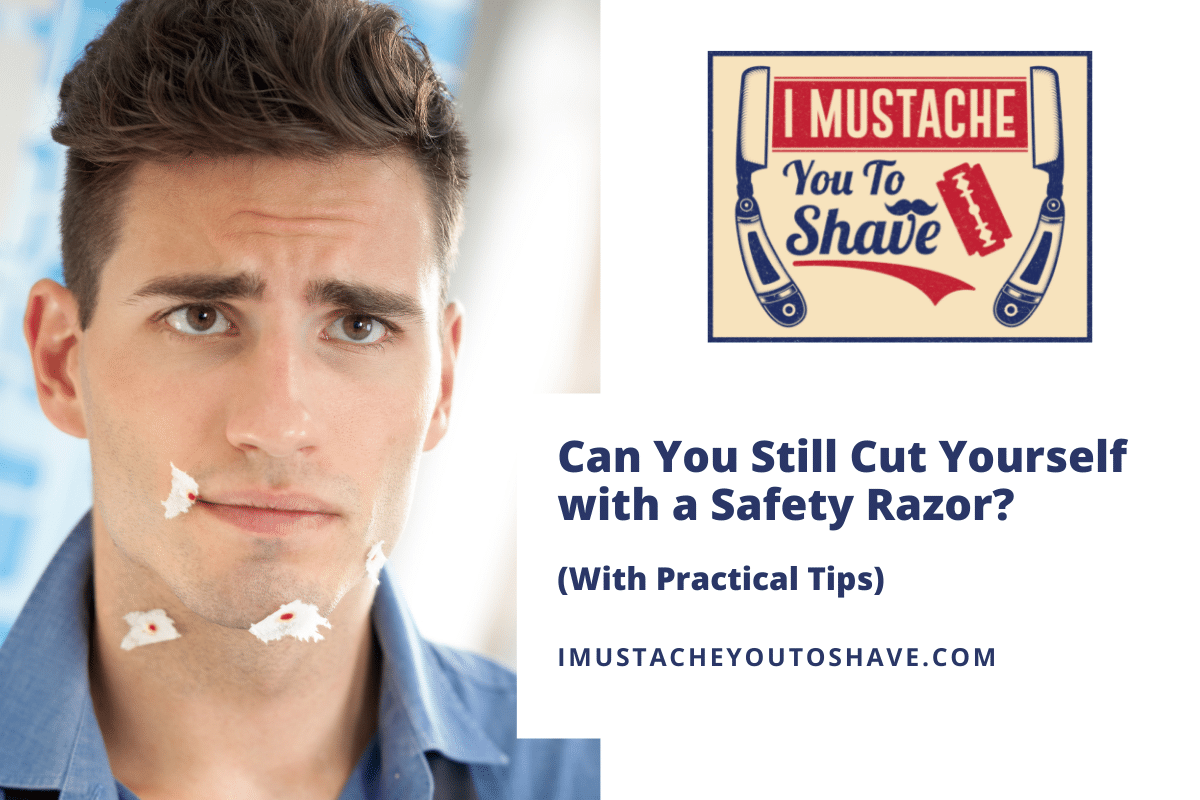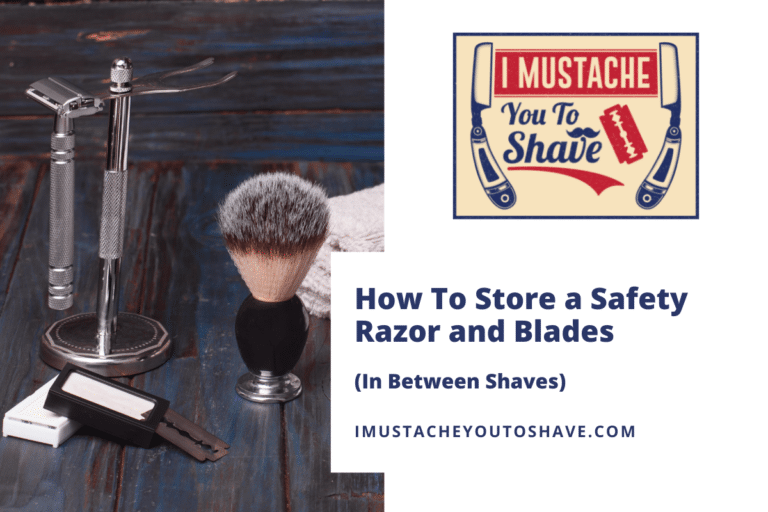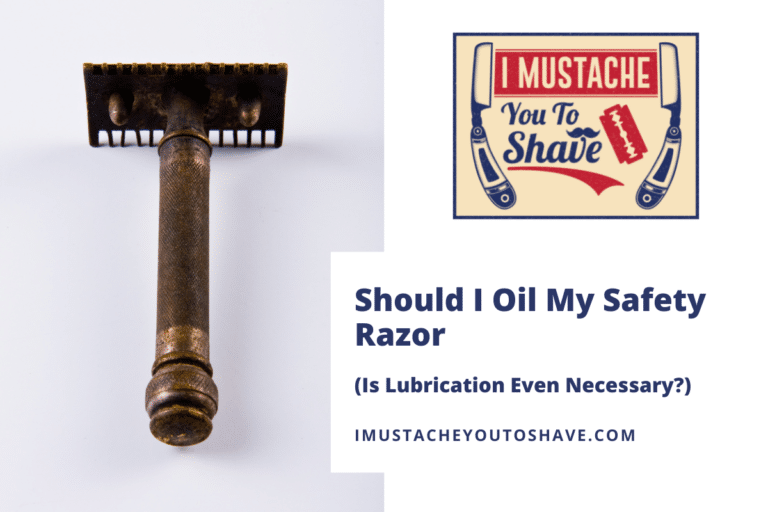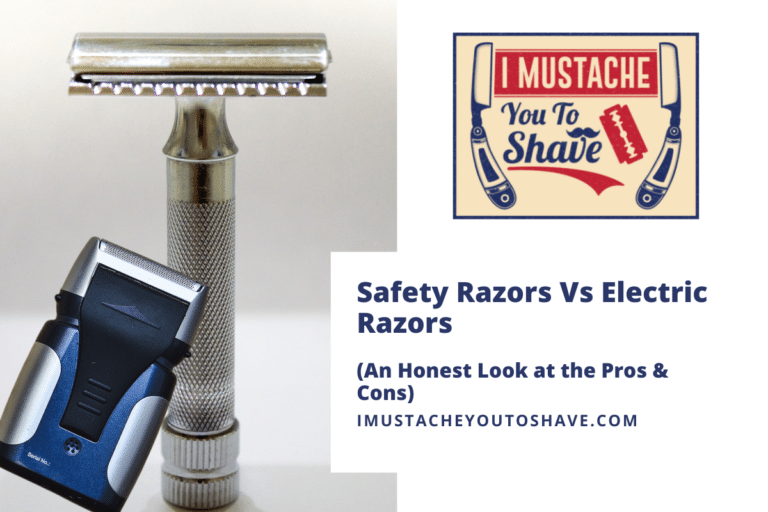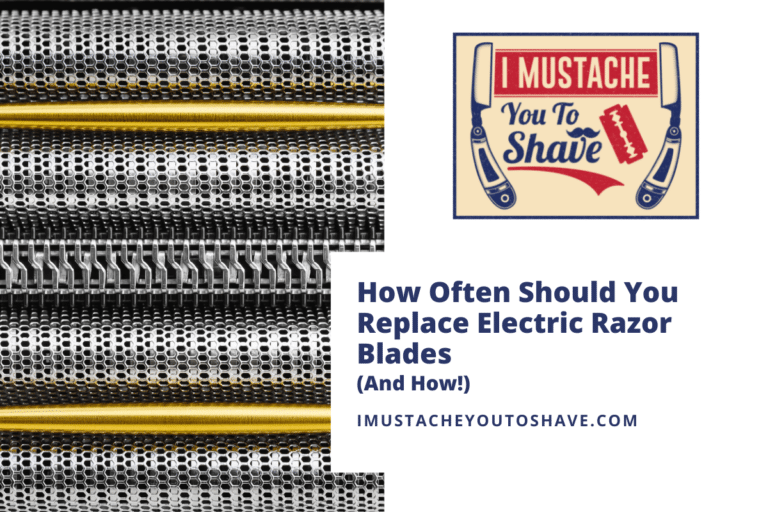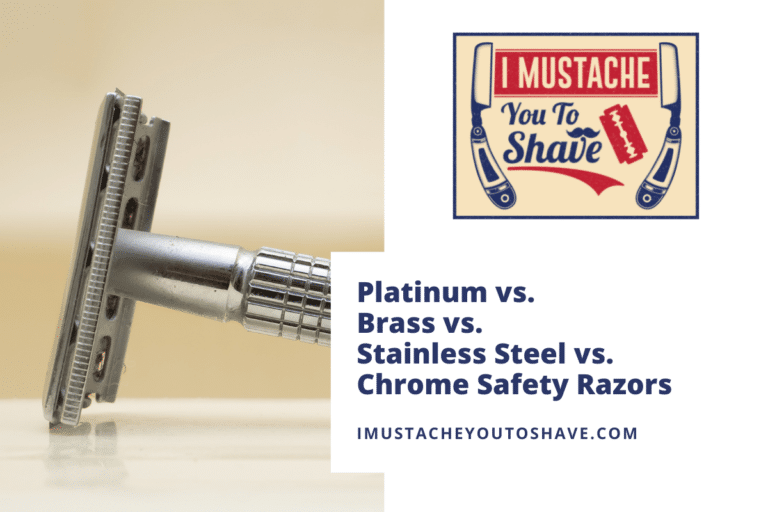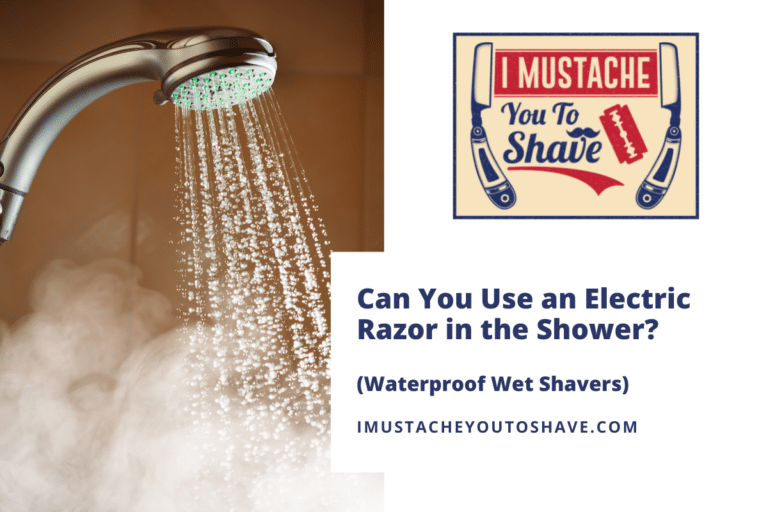Can You Still Cut Yourself with a Safety Razor? (With Practical Tips)
Have you ever had to stick bits of toilet paper to your face to stop the bleeding? It happens to all of us.
Safety razors can still cut you while shaving as it is impossible to avoid it completely with any razor. Minimize cuts while shaving with a safety razor by choosing a less aggressive razor, properly cleaning and preparing your face, choosing a high-quality soap or cream, changing blades frequently, and using proper technique.
Read on to find out how to avoid nicks and cuts when shaving with a safety razor.
Can safety razors still cut you while shaving?
Consider the jostle you feel after driving too quickly over a speed bump or railroad crossing. That rough crossing could be made smoother by slowing down and steering wisely. The same is true when shaving.
A razor works at its best when pressure is evenly distributed across the edge of the blade while gliding across as smooth and frictionless of a surface as possible. When the blade edge encounters an obstacle, it causes the weight distribution to become uneven and these imbalances can lead to nicks, cuts, and irritation.
Safety razors get their name because they provided a safer alternative to the previously dominant straight razor.
There is no way to stop accidental cuts from happening altogether but additional features like safety bars and open combs have been added to designs throughout the years to adjust the aggressiveness of the shave.
The aggressiveness of a shave depends on several factors but the main contributors are:
- Blade gap – The distance between the safety bar and the razor edge.
- Blade exposure – How far the cutting edge extends past the head of the razor.
- Blade angle – Different razors orient the bevel or edge of a razor at different angles in respect to the shaving plane.
The online shaving forum, Badger and Blade, provides a detailed illustration of the parameters around shaving here.
Safety razors can be found in a variety of styles to suit the needs of any face.
Some examples of safety razor styles include:
- Open Comb Razors – Open comb razors have shaving heads that resemble hair combs or rakes. These razors are often better suited for longer or more coarse hair. The design leaves more lather on the face with helps reduce friction.
- Closed Comb Razors – Closed comb razors often feature a safety bar that minimizes blade exposure to help separate the blade from the skin. These razors are often milder shaves and may be the best option for beginners or those with sensitive skin.
- Adjustable Razors – Adjustable safety razors also feature safety bars but the blade angle can be changed with a turn of a dial, varying the aggressiveness of the shave.
How do you avoid cutting yourself with a safety razor?
Prevention of cuts is a 2-part process composed of consideration for the blade and consideration for the shaving surface. The face must be prepared to receive the shave while the razor must be clean, sharp, and handled wisely.
Friction is the enemy of shaving. The goal of any preparation is to reduce the resistance between the razor and the beard. If any resistance is found the risk of cuts and irritation immediately increases.
To avoid cutting yourself when shaving with a safety razor:
- Clean your face
- Prepare your facial hair
- Lather
- Use new blades
- Pay attention to the angle
- Keep your safety razor clean
- Use short strokes
- Rinse after each stroke
Clean your face
Showering before a shave is ideal.
Washing your face before shaving cleans and exfoliates the skin making it more supple.
A pre-shave wash also softens the beard while hydrating the skin and opening the pores.
Prepare your facial hair
Whiskers are roughly as dense as copper wire but become much softer when they meet warm water.
Fifteen minutes of contact with warm water or a warm compress immediately before shaving will help the blade glide effortlessly.
The shaving lather is also best applied to a wet beard.
The Lather
Using a quality shave soap is one of the most important components of a smooth shave.
The lather gives the safety razor a cushion to glide upon making the stroke smoother.
Ideally, the lather will be applied with a shaving brush. The brush bristles distribute the soap evenly and also lift the hair allowing lather to accumulate beneath which reduces friction.
Use new blades
You are far less likely to be cut using a sharp blade.
Hair actually causes damage to razor blades, and blades become dull or even ragged after each use which increases friction.
Any bouncing or skipping from the blade due to friction can lead to the blade slipping potentially causing a cut.
The Angle
The optimal angle for the razor to shave the skin is 30°. The correct angle requires very little pressure to shave closely.
This is often problematic for those using safety razors for the first time. If the blade angle is too wide, very little will be accomplished. If the angle is too narrow, then the skin and stubble are raked which will cause irritation and possible cuts.
If you find yourself forcing the blade across the face then ease up on the pressure and tilt the head until a quality pass is made with little more than the weight of the razor.
Keep your safety razor clean
Residue like soap scum from the previous shave remaining on the surface of the safety razor can increase friction.
Make sure to clean your razor after each shave to prevent scummy buildup or rust.
Plan the stroke
Do you know the map of your growth grain?
Shaving with the grain ensures the resistance from the stubble is minimal.
Shaving against the grain can tug at the hair causing irritation.
Use short strokes
A shorter stroke is much easier to control and concentrate on than a longer pass.
A short pass picks up less build-up and prevents passing over the same area twice which may irritate the skin.
This is beneficial especially in problem areas like the neck, jaw, and chin as they present uneven shaving surfaces.
Rinse after each stroke
Rinsing away stubble and skin cells will allow the razor as much contact with the lather as possible.
Some gunk can build up between the blade and the razor and rinsing often will keep that to a minimum. The reduced friction from the soap keeps the blade passing smoothly.

